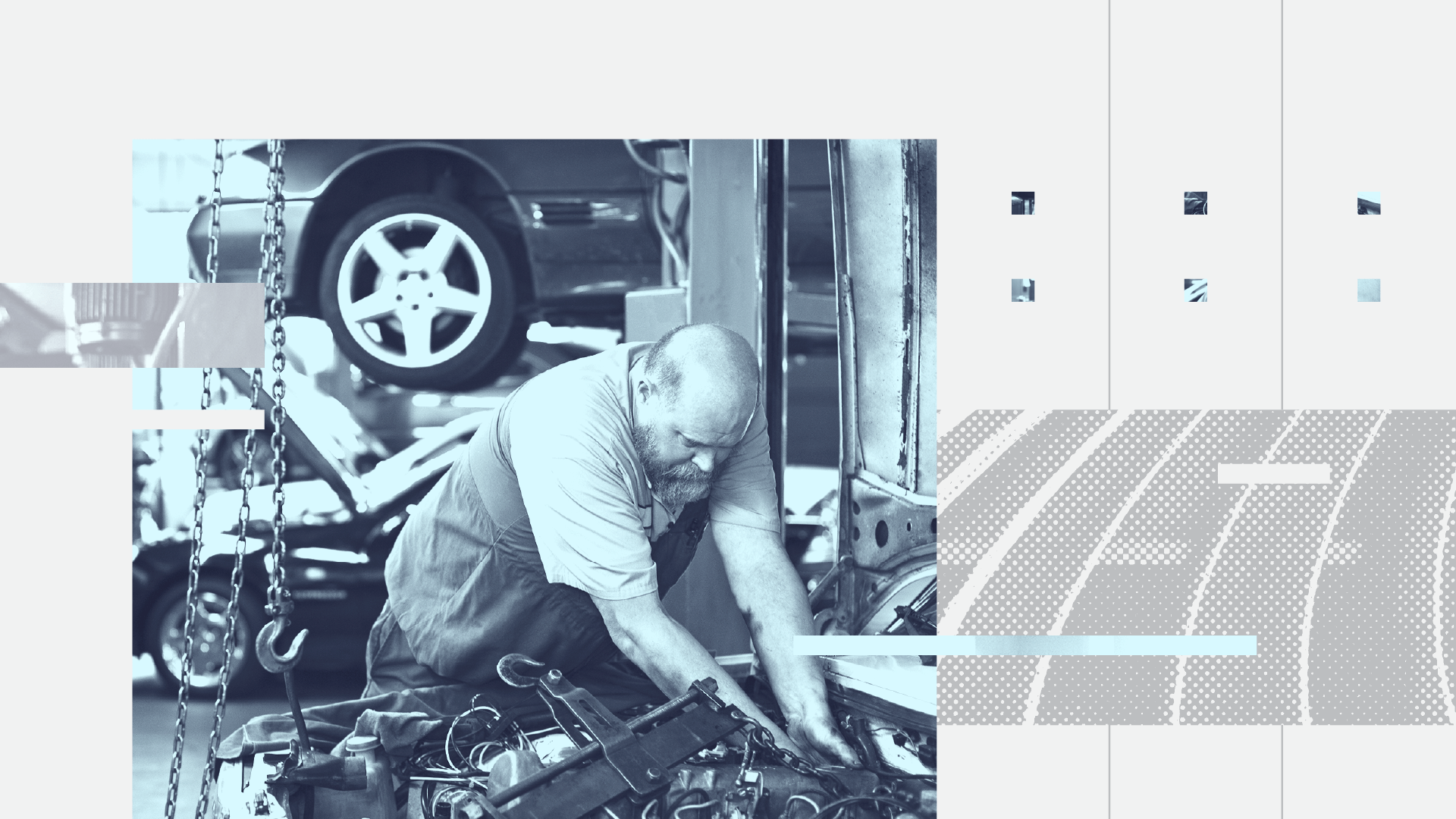Automotive Service and Repair Retailers Face an Uphill Battle to Win Back Customers

Parts and labor shortages created by COVID-19 have impacted the auto repair industry, jamming up service centers and leading to poor customer experiences. Acknowledging and overcoming these challenges will be key to winning back business in 2022.
Last year, new vehicle prices skyrocketed due to the global chip shortage. As dealer lots became depleted of new stock and consumers faced sizable price premiums, many looked to wring out extra miles from their existing wheels. As a result, vehicles got longer in the tooth. The average age of vehicles in operation in 2021 — 12.1 years — exceeded the all-time high of 11.9 years in 2020.
Net promoter scores reveal a rocky road for auto service and repair providers during the pandemic
Independent repair shops and aftermarket parts suppliers can learn from monitoring NPS data, or customers’ reported likelihood of recommending a brand. In the early months of the pandemic, scores for many aftermarket brands tumbled, which was indicative of consumers’ experiences of having to wait much longer to have their vehicles serviced. Despite bumps in the road, however, the auto repair industry has been trending back toward pre-pandemic levels since late last year.
Of the major aftermarket players, Michelin’s NPS stayed mostly in the 30 to 40 range, and grew from 35 to 39 between July 2021 and January 2022. During the past six months, Pep Boys and AutoZone bounced back, their net promoter scores jumping from 8 to 19 and 29 to 34, respectively. Moving forward, repair centers should focus on providing positive customer experiences across all aspects of service.
When choosing between servicing options, consumers weigh price, familiarity and availability of certified technicians
Roughly equal proportions of consumers reported having their cars serviced at a dealership (26 percent) versus an independent repair shop (28 percent). For those whose vehicles were serviced at a dealership in the last month, familiarity, coverage under warranty and availability of certified technicians held roughly equal weight as reasons for choosing a dealership (40 percent, 38 percent and 41 percent, respectively). Only 20 percent said price was a factor.
Meanwhile, around two-thirds of those who chose not to go to a dealership cited price as a concern. As for other reasons, location and having more faith in another service provider trailed at 27 percent and 25 percent, respectively.
Dealerships were consistently preferred over independent repair shops for vehicles under warranty, and because customers value certified technicians. Independent repair shops and service centers should leverage dealerships’ approaches to keeping customers loyal through measures such as certifying and upskilling their mechanics, and backing their products and services through money-back guarantees so they don’t have to compete solely on price.
Mind the gap between expectations and reality
Consumers who recently had their vehicles serviced reported variation between expectations and reality when it came to price and time required. The gap is especially wide in some U.S. regions. Overall, 18 percent of adults felt that their vehicles cost more to service than they expected, and 14 percent experienced longer wait times than anticipated. From a geographic perspective, the West region showed the most variance in price and time expectations, with 23 percent reporting higher-than-expected prices and 21 percent reporting longer-than-expected turnaround.
Service and repair providers can optimize their growth strategies by focusing on geographic pockets where customers’ expectations aren’t being met, and surgically targeting issues such as backlogs, inefficient parts distribution and inconsistent pricing. Understanding the drivers behind vehicle servicing patterns is key for automakers seeking to retain customers at their branded dealerships. Similarly, improving the customer experience can help independent service providers compete with their larger rivals.
Lisa Whalen previously worked at Morning Consult as an automotive and mobility analyst.